The
Two RV Gypsies: Full-Time RVers
went to Hot Springs, Arkansas and
explored
Hot Springs National Park
October 16, 2012
|
|
 The
two RV Gypsies drove through Texarkana, USA, a two-county region anchored
by the twin cities of Texarkana, Texas and Texarkana, Arkansas. The
Texarkana Post Office is located in two states, Texas and Arkansas. The
two RV Gypsies drove through Texarkana, USA, a two-county region anchored
by the twin cities of Texarkana, Texas and Texarkana, Arkansas. The
Texarkana Post Office is located in two states, Texas and Arkansas.
|
|
|
Hot Springs
is the 11th most populous city in Arkansas, and the county seat of Garland
County, and the principal city of the Hot Springs Metropolitan Statistical
Area encompassing all of Garland County. Hot Springs is traditionally
best known for the natural spring water that gives it its name, and
flows out of the ground at a temperature of 147 degrees F.
Hot Springs National Park is the oldest Federal Reserve
in the USA, and the tourist trade brought by the famous springs make
it a very successful spa town. It is famous for being the childhood
home of a former President of the United States, Bill Clinton. Because
Hot Springs National Park was the oldest Federal Reserve, it was the
first to receive its own U.S. quarter in April 2010 as part of the America
the Beautiful Quarters. From Wikipedia, the free encyclopedia |
|
|
The two RV Gypsies walked around the city
of Hot Springs and took a few photos. There were parking meters everywhere
that were enforced all of the time.
The sculpture shown below is known as "Mother
Nature" and is the centerpiece of a fountain supplied by a
hot spring. The sculpture is of a woman pouring water from an urn. She
holds the urn over her shoulder. A young boy standing behind her reaches
out for the water. Three deer are standing around them. The water for
the fountain comes from a hot spring with an average temperature of
143 degrees.
The sculpture shown below is in the median of Central Avenue which is
often very busy. Be careful when visiting this waymark. |
|
|
The city takes its name from
the natural thermal water that flows from 47 springs on the western
slope of Hot Springs Mountain in the historic downtown district of the
city. About a million gallons of 143-degree water flows from the springs
each day. The rate of flow is not affected by fluctuations in the rainfall
in the area. Studies by National Park Service scientists have determined
through carbon dating that the water that reaches the surface in Hot
Springs fell as rainfall in an as-yet undetermined watershed 4,000 years
earlier. The water percolates very slowly down through the earth’s
surface until it reaches superheated areas deep in the crust and then
rushes rapidly to the surface to emerge from the 47 hot springs.
A small channel of hot spring water known as Hot Springs
Creek runs under ground from an area near Park Avenue to Bath House
Row. |
| |
Bathhouse
Row is a collection of bathhouses, associated buildings,
and gardens located at Hot Springs National Park in the city of Hot
Springs, Arkansas. The bathhouses were included in 1832 when the Federal
Government took over four parcels of land to preserve 47 natural hot
springs, their mineral waters which lack the sulphur odor of most hot
springs, and their area of origin on the lower slopes of Hot Springs
Mountain.
The existing bathhouses are the third and fourth generations
of bathhouses along Hot Springs Creek and some sit directly over the
hot springs, the resource for which the area was set aside as the first
Federal Reserve in 1832. The bathhouses are a collection of turn-of-the-century
eclectic buildings in neoclassical, renaissance-revival, Spanish and
Italianate styles aligned in a linear pattern with formal entrances,
outdoor fountains, promenades and other landscape-architectural features.
The buildings are illustrative of the popularity of the spa movement
in the United States in the 19th and 20th centuries.
Bathhouse Row was designated a National Historic Landmark
on May 28, 1987 |
|
|
Above: The Fordyce
bathhouse was built in 1914. The Fordyce bathhouse is the most elaborate
and was the most expensive of the bathhouses, the cost including fixtures
and furniture being $212,749.55 US. It was closed on June 29, 1962,
the first of the Row establishments to fall victim to the decline in
popularity of therapeutic bathing. |
|
|
Above: The Quapaw bathhouse was built in 1922 in a Spanish Colonial
Revival style building of masonry and reinforced concrete finished
with stucco. The most striking exterior feature is the large central
dome covered with brilliantly colored tiles and capped with a small
copper cupola. The building's use as a bathhouse ended in 1984 when
the last contract ended. A new lease was signed with the National
Park in 2007 and the Quapaw Bath house reopened as Quapaw Baths
and
|
The two RV Gypsies come across a sign that
said "display spring" and there was a little fountain
spurting hot water upwards. See Karen Duquette below saying "DUH".
Karen expected Hot Springs National Park to be a big area with lots
of hot springs that she could soak in. She was very disappointed to
discover that the only soaking to be done here would be in indoor bathtubs
filled with healing mineral water. Karen much prefers the other outdoor
hot springs she has visited all throughout the USA. This place is not
Karen's idea of a National Park nor a hot spring. It is surely nothing
like any of the other National Parks or hot springs she has visited.
She will never visit here again. |
|
|
Around the corner from the above display spring, (alongside the
row of bath houses) was a long path with nice gardens on each side,
so the two RV Gypsies walked up that way. Apparently this is where
the hot water emanates from at a temperature of 143 degrees, and some
idiot was actually putting his feet in it. That's too hot even for
Karen Duquette.
|
|
|
|
|
|
|
As far as the Hot Springs National Park
itself goes, the drive through it would be very nice if the fall colors
were out more, but as shown in the below photos, the trees were just
beginning to turn. The road did lead to the Hot Springs Mountain Tower,
which gave a nice panorama view of the surrounding area. Parking was
free at the tower, unlike in town, but it cost to go up into the tower.
Will the two RV Gypsies recommend this area to other visitors? Not if
you are looking to explore a National Park, but yes if you want to soak
in a mineral water bathtub inside the bath houses, or maybe just learn
a bit of the area's history. |
|
|
|
Since 1877,
Hot Springs Mountain Tower has been the Hot Springs landmark.
Enoch Woolman erected the original 75-foot observatory. When lightning
and fire destroyed the structure, a second tower was built. The 165-foot
steel structure, later named the Rix Tower, stood for over 60 years.
Following years of coordinated efforts between the community and the
National Park Service, the new Hot Springs Mountain Tower opened to
the public in 1983. This 216-foot superstructure affords a breathtaking
panorama-encompassing 140 miles- of beautiful Hot Springs, the Ouachita
Mountains and the surrounding Diamond Lakes area. It's a great way to
start off or end a day of sightseeing in this area. |
|
|
The panorama above and the small photo
below are photos of the same area, taken from the tower. In those photos,
notice the yellow thing sticking up in the background. It is an amusement
park (closed). The small photo below on the right was taken while the
two RV Gypsies were driving by that amusement park. |
|
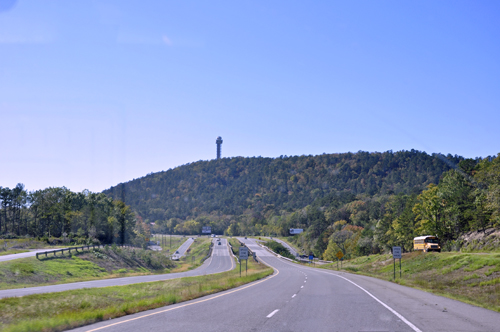 |
Below: More photos taken from the tower. |
|
|
|
|
|
|
|
|
Below: The two RV Gypsies
parked their RV at the Hot Springs National Park KOA. Mostly, it was
a typical KOA campground, but this one did have breakfast at "Grandpa's
Griddle" on Saturday and Sunday mornings with a full menu
at prices $5.00 to $6.50. The pool still had water in it, which is unusual
in campgrounds after Labor Day (their brochure says pool closes October
15). It also had a nice recreation room as shown below. The two RV Gypsies
seldom partake of these type of campground amenities because they travel
to see the country, cities, and explore, not to camp. To the two RV
Gypsies, a campground is just a place to park their home and have water,
electricity and sewer hook-up, so they can eat and sleep in their own
accommodations. Anyway, this KOA had free Wi-Fi, but it was unsecured
and Karen Duquette has stopped using unsecured Wi-Fi since she thinks
this may be how she got a computer virus awhile back. |
Below: A road in the campground
too narrow for two RV's to pass each other. |
|
|
|
|
|
|
|
|
|
|
|

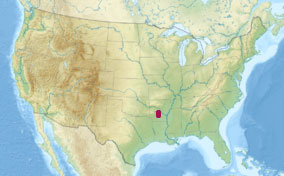
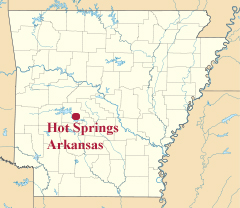
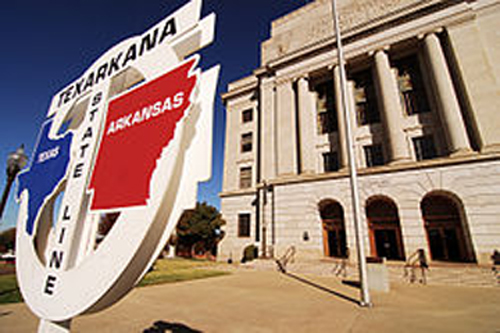
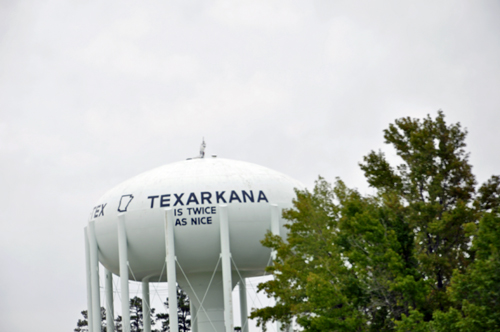
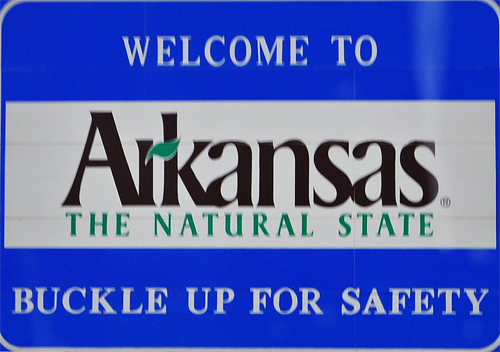
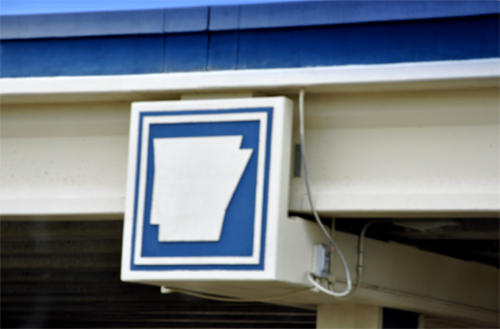
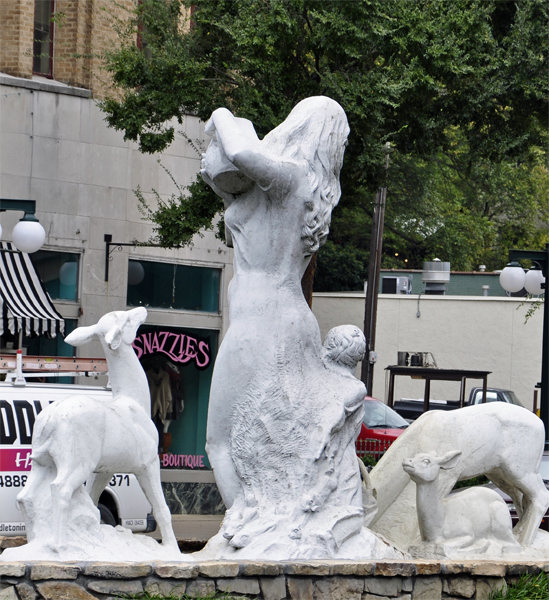
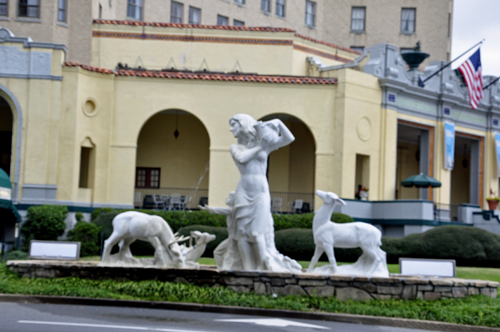
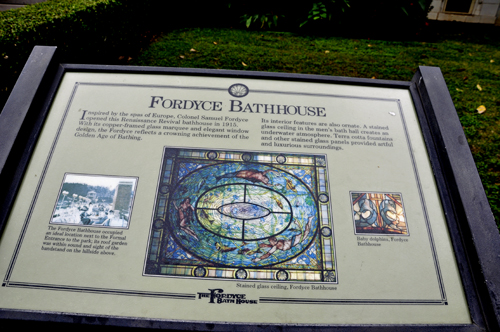
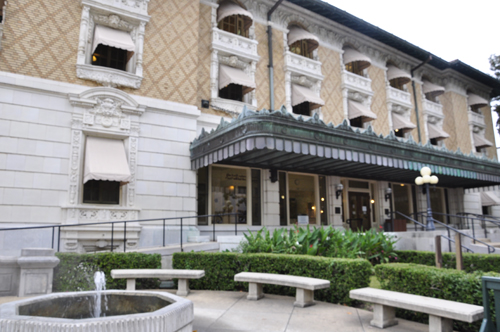
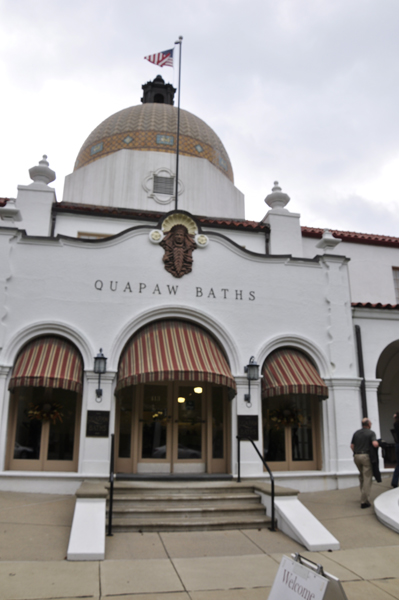
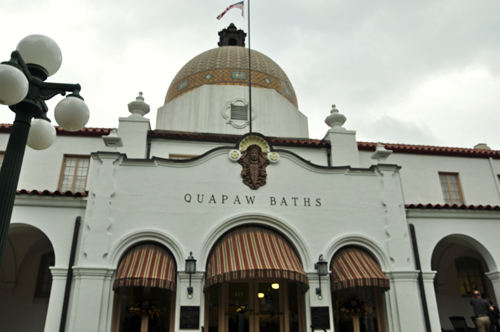
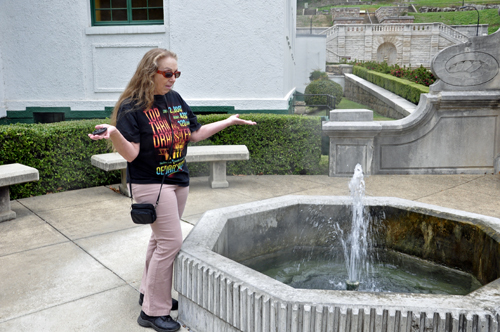
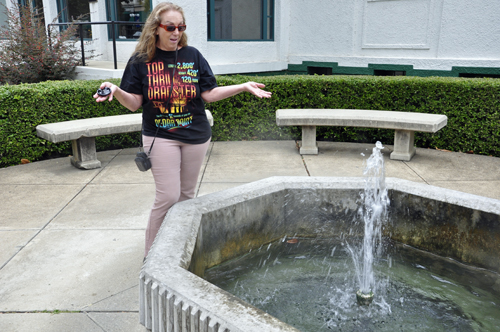
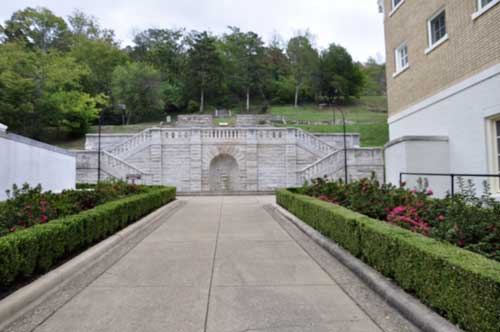

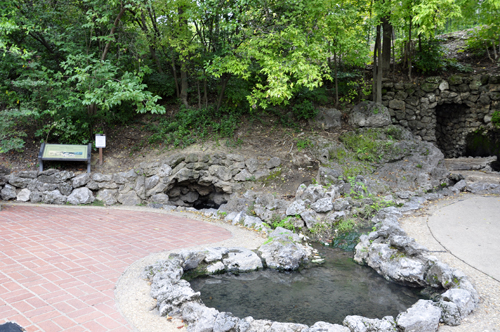
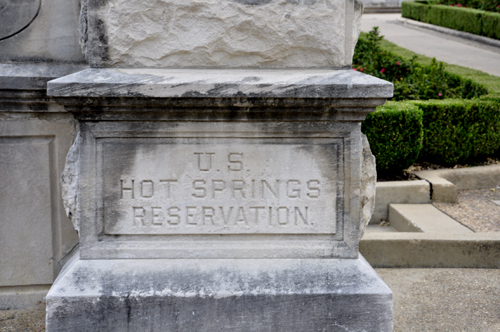
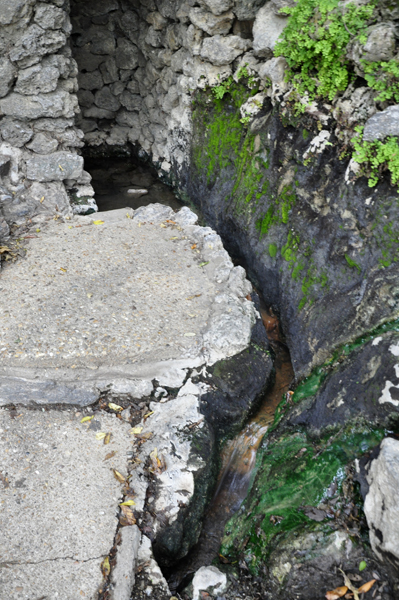
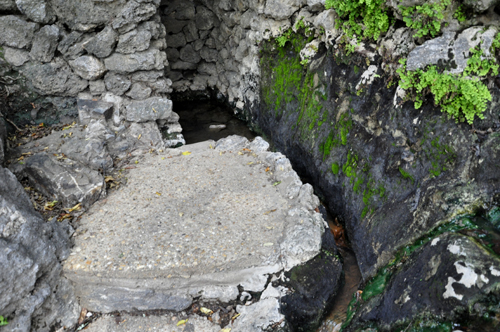
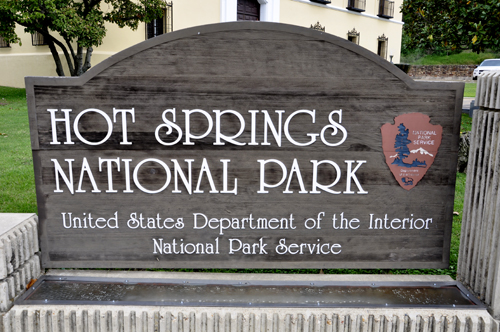
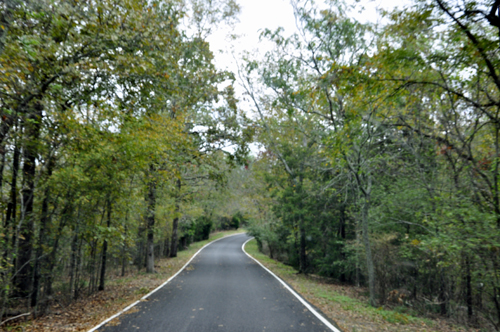
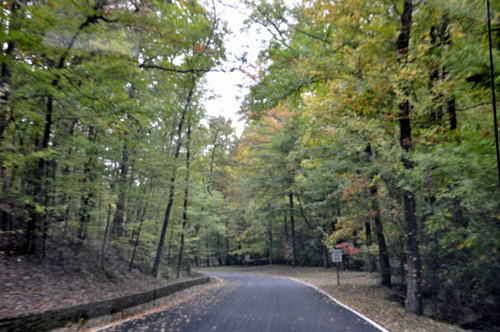
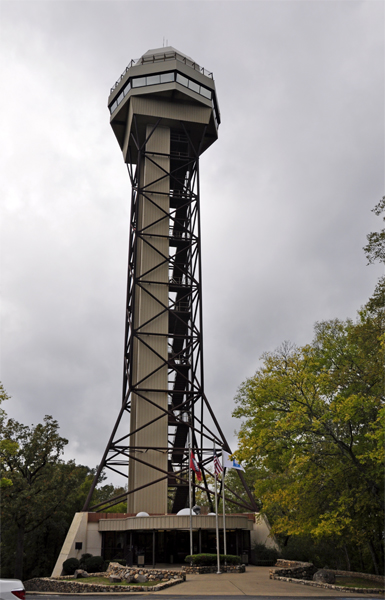

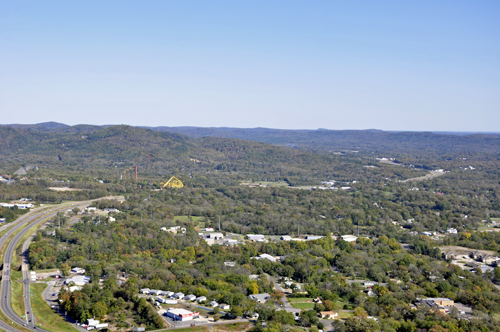



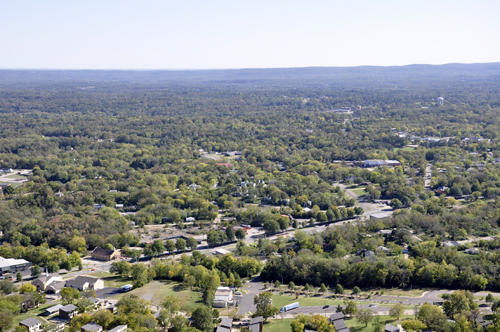
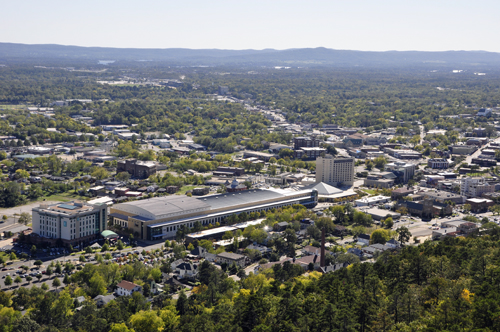
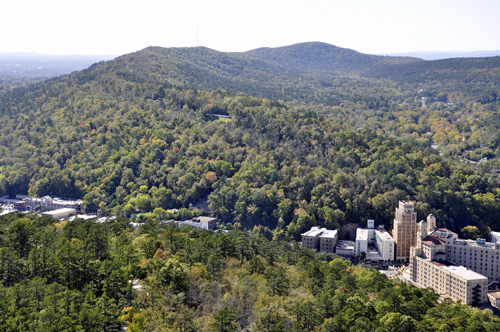
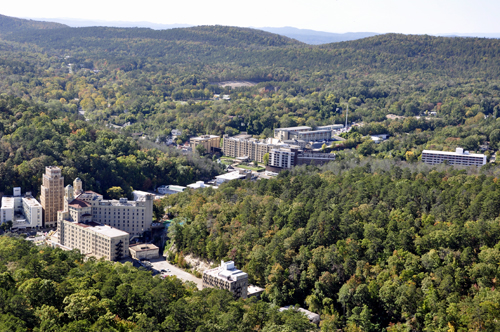
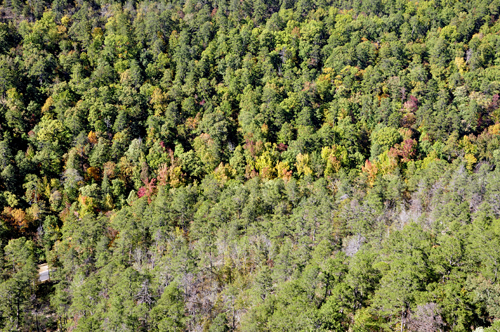
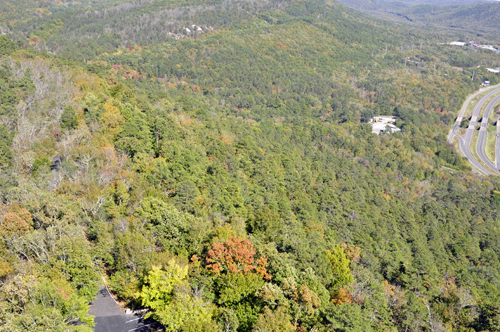
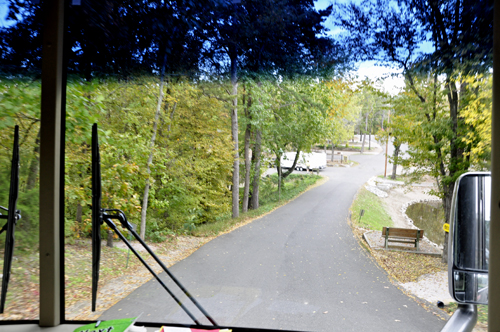
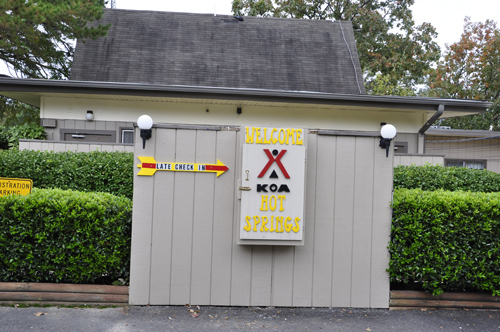
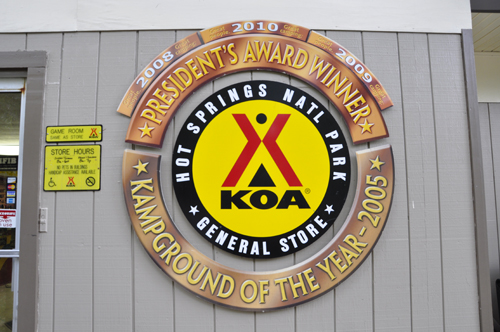

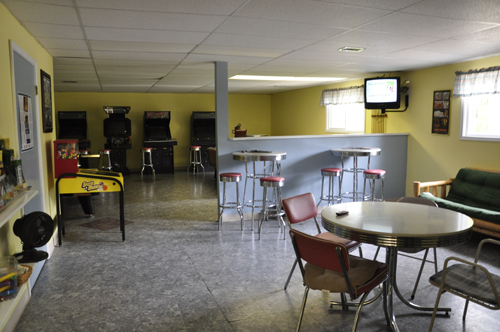
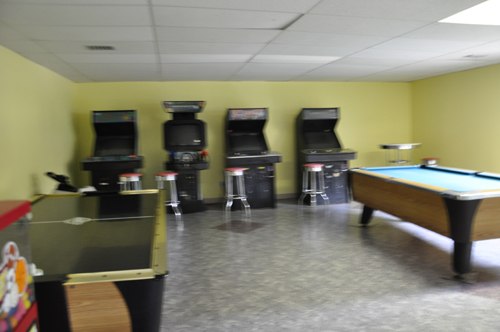
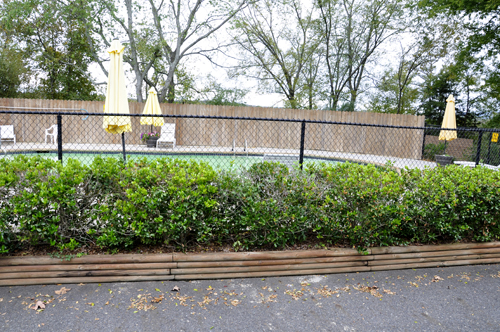
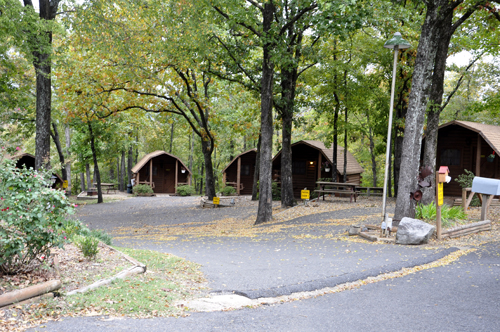
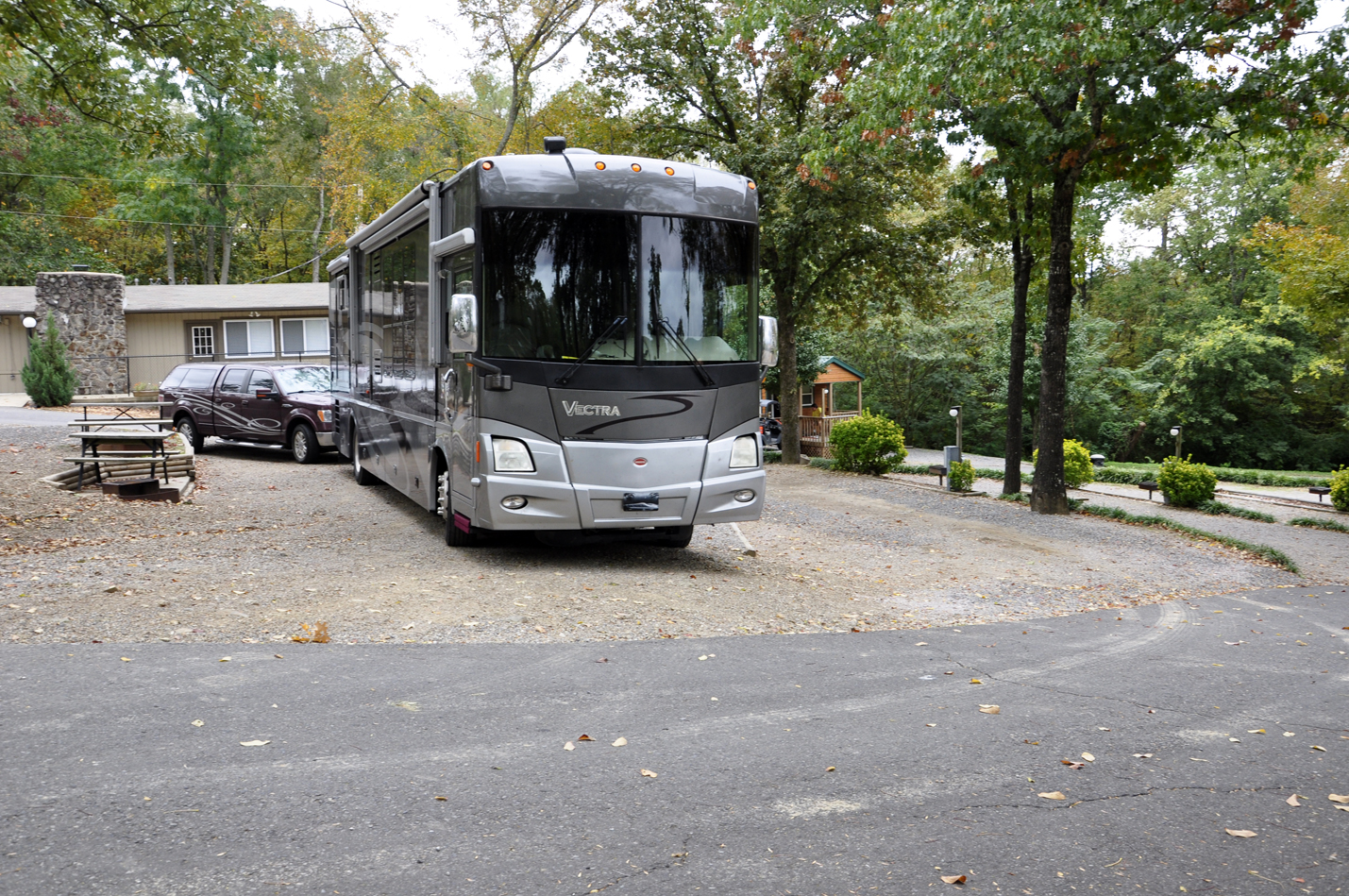
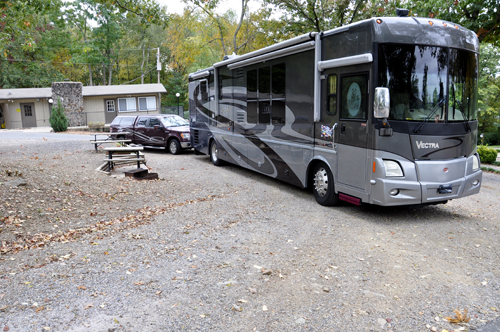
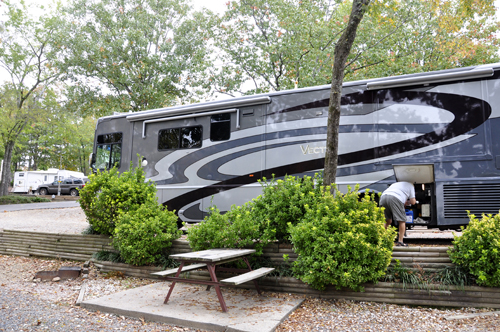
 You have not seen anything yet......there is more excitement in Arkansas
You have not seen anything yet......there is more excitement in Arkansas
























